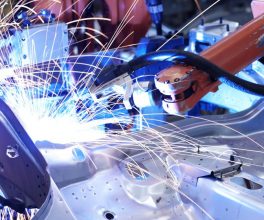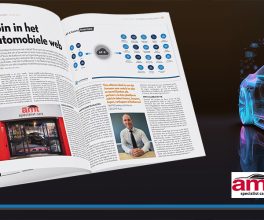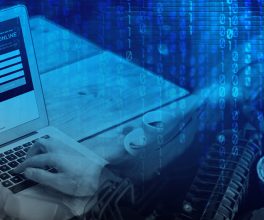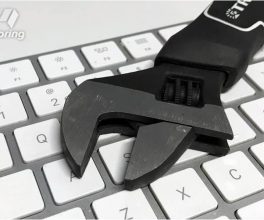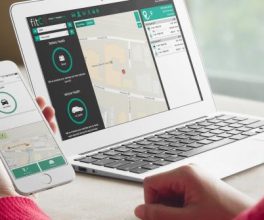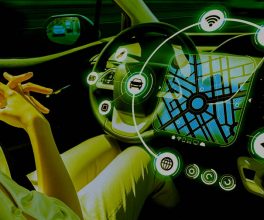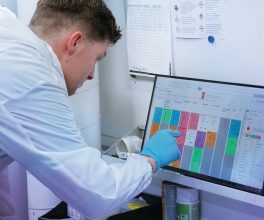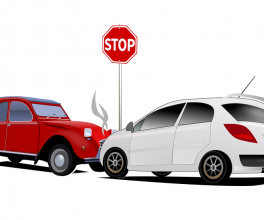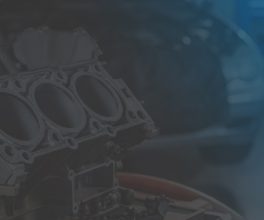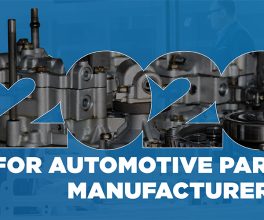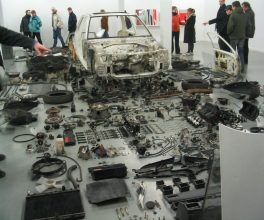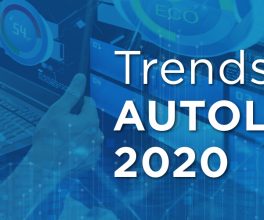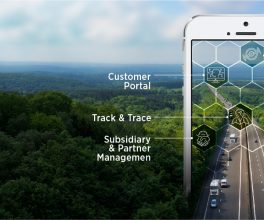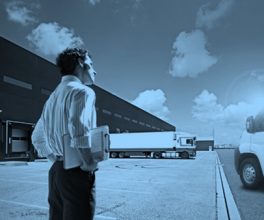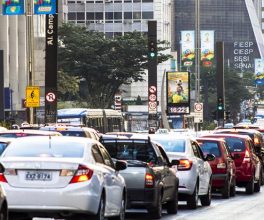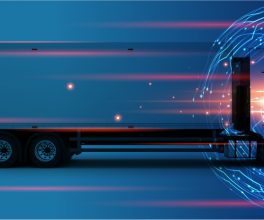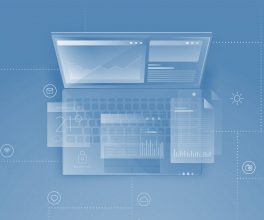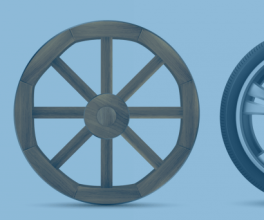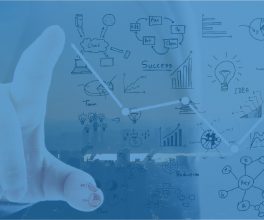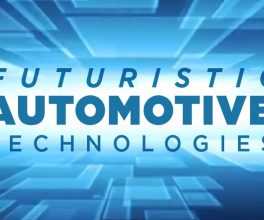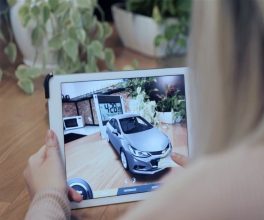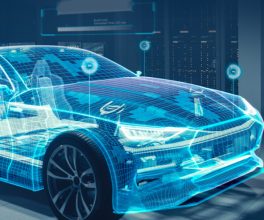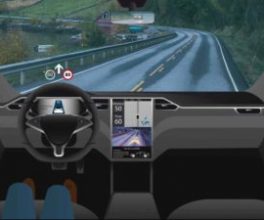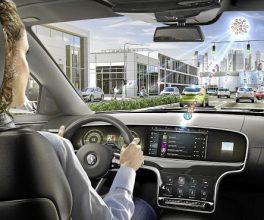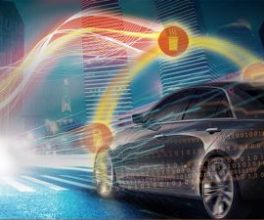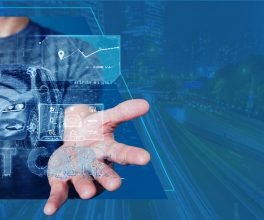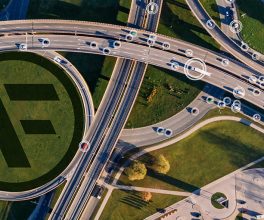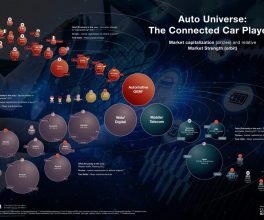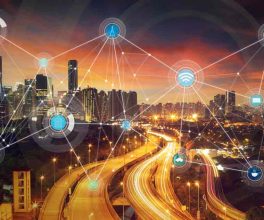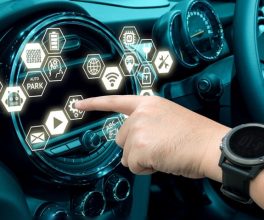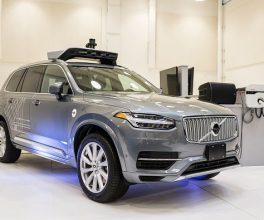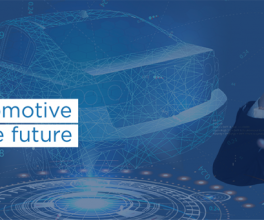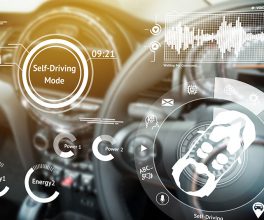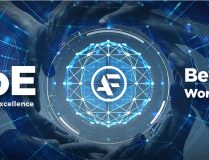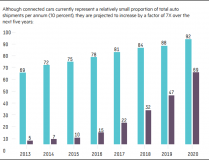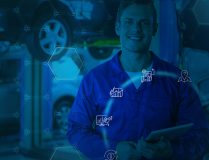IHS Automotive predicts that by 2020, around 152 million connected cars will be generating up to 30 terabytes of data every day. Businesses that will be able to properly use this treasure will obviously be on a roll; so it’s worth talking about the ways this information can be used and what will be required for it.
Digital technologies are changing the world. Things are no longer just ‘things’ – they are turning into information and media centres connected to the Internet, joined into networks and gaining new capabilities all the time.
In the car industry, these are connected cars. The success of new developments in this area depends not so much on the characteristics of modules installed into vehicles, as on the services using this data and analytical modules that process and analyse what they receive, making conclusions and forecasts relevant for businesses.
Big data capabilities on the automotive market
A car allows to collect data about its position and instantaneous speed, as well as to analyse data coming from the self-diagnostics system via the OBD2 interface. Based on just this data from a single car, you can make conclusions about a person’s driving style or regular routes.
Analysis of such data “en masse” is even more interesting. For example, by building a travel map for cars of a particular model, you can identify the target audience of this model and its “typical” habits. The scope of possible applications for such data is fairly broad, as is the scope of conclusions that can be drawn from the analysis of this unstructured data and business models for monetising them.
User-based insurance and financing: Information about the preferred speed, duration and frequency of acceleration/braking makes it possible to determine the driving style of a car owner and lower the probability of a road accident. This approach makes careful drivers eligible for a discount on insurance and other services. This system is already being used in a number of countries, although the total amount of insurance premiums calculated using the analysis of telematics data is still insignificant.
The situation with financing is similar – if a person used to drive the previous vehicle carefully, why not finance a new car at a lower interest rate? The risks factored by the bank into the interest rate will slightly lower in this case.
Driver information services: driving and maintenance: Analysis of telematics data makes it possible to create a kind of “electronic navigator” that will recommend gas stations to stop by and the route to take for maximum economy in terms of time and money. The service can also notify the driver about a scheduled service in advance based not just on mileage, but also on the results of the analysis of service data from cars of the same configuration owned by drivers with a similar driving style.
The data collected for vehicles of the same make/model made on the same conveyor can help forecast the remaining useful life (RUL) and time to failure (TTF) for a particular car. Comparing the information about the area where the car was mostly used with the results of visual inspections, experts can determine the cause of some issues with the car.
Behavioural anomalies and emergency calls: In theory, if a driver consistently demonstrates the same driving style and then rapidly changes it, the system can detect this anomaly and send a notification to interested parties.
The anomaly can be caused by an emergency (car theft, health problem) or fairly normal things, like teaching kids to drive or updating in-car apps. The correct analysis of such anomalies will only be possible after processing huge amounts of data from a large number of cars, which will help identify behavioral patterns that would reliably point to an emergency rather than a random fluctuation from the norm.
Up-to-date statistics for car makers (dealerships): Information about the area where a car is used, technical issues and status of particular components is also valuable for “sellers”. By analysing this information, car makers can identify “system problems” of a particular series or model and apply a fix in the next revision. Dealerships can use this information to order more spare parts or forecast particular types of service orders.
As a matter of fact, such systems are already being used by many dealerships and tested by car makers. The latter shouldn’t have any problems organizing their processes, so perhaps it won’t be long before we see such solutions being implemented on a regular commercial basis.
Retaining dealerships’ customers: Yet another area for “big car data” is the work with “post-warranty” customers. Detailed information about visitors will help reveal trends in their behavior and develop new efficient methods of client retention.
Advertising: Additional information about a car owner and his/her travel habits helps target ads. For instance, if the data collected from various cars shows that a particular billboard is mostly passed by families with kids (and this can be done by monitoring the appearance of these cars near schools and other children’s institutions), this will give a competitive edge to the advertising agency that owns it. Roughly speaking, ad targeting methods that are used on the web will be available for the road, too.
At the same, time, it will be possible to use cross-marketing. By looking at a car owner’s past interests, analyzing them through the prism of this car owner’s driving geography and driving style, dealerships, operators of gas stations and other service providers will be able to offer personalised service packages of partner companies (shops, leisure centers, and so on).
Conclusion
All of the above becomes possible thanks to the analysis of the already collected data. Imagine what possibilities the market will have when cars start “talking” with objects surrounding them (other cars and elements of the road infrastructure), responding to their actions or monitoring the driver’s reactions.
Author – Robert Schuessler
Courtesy of IoT News

